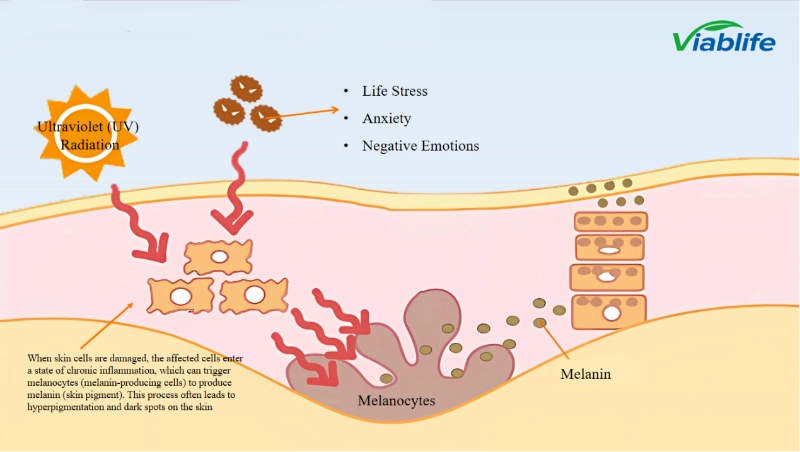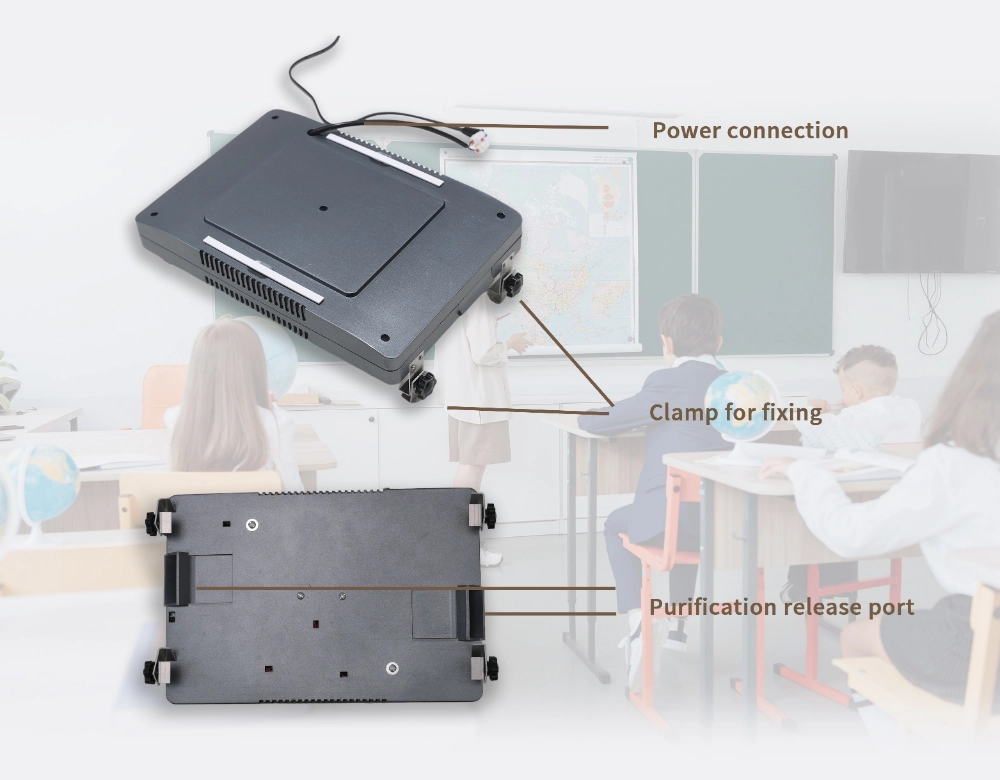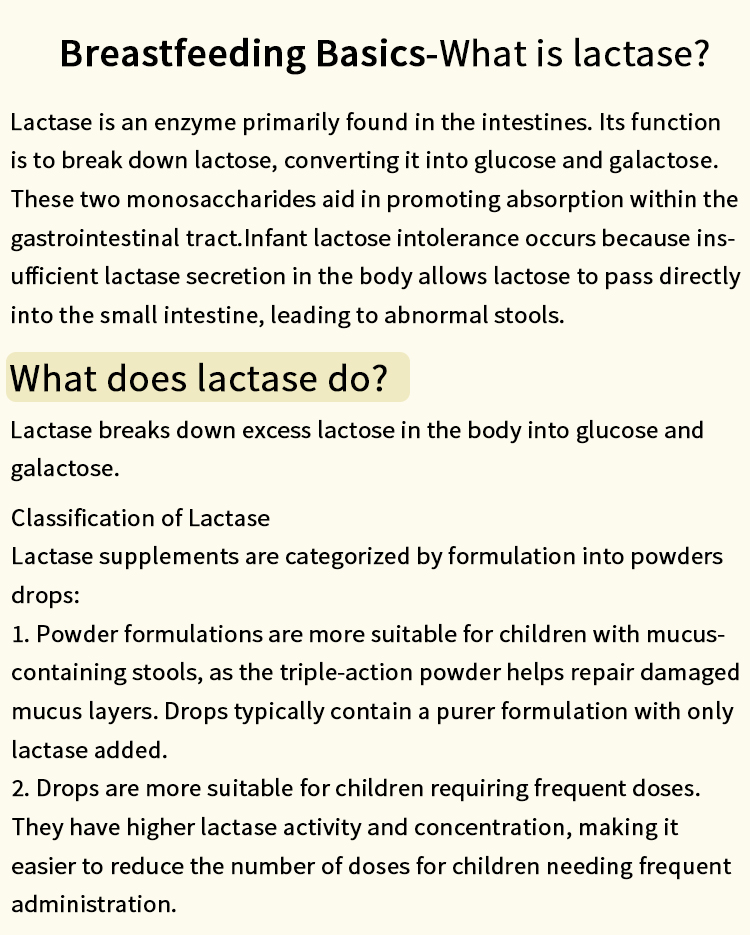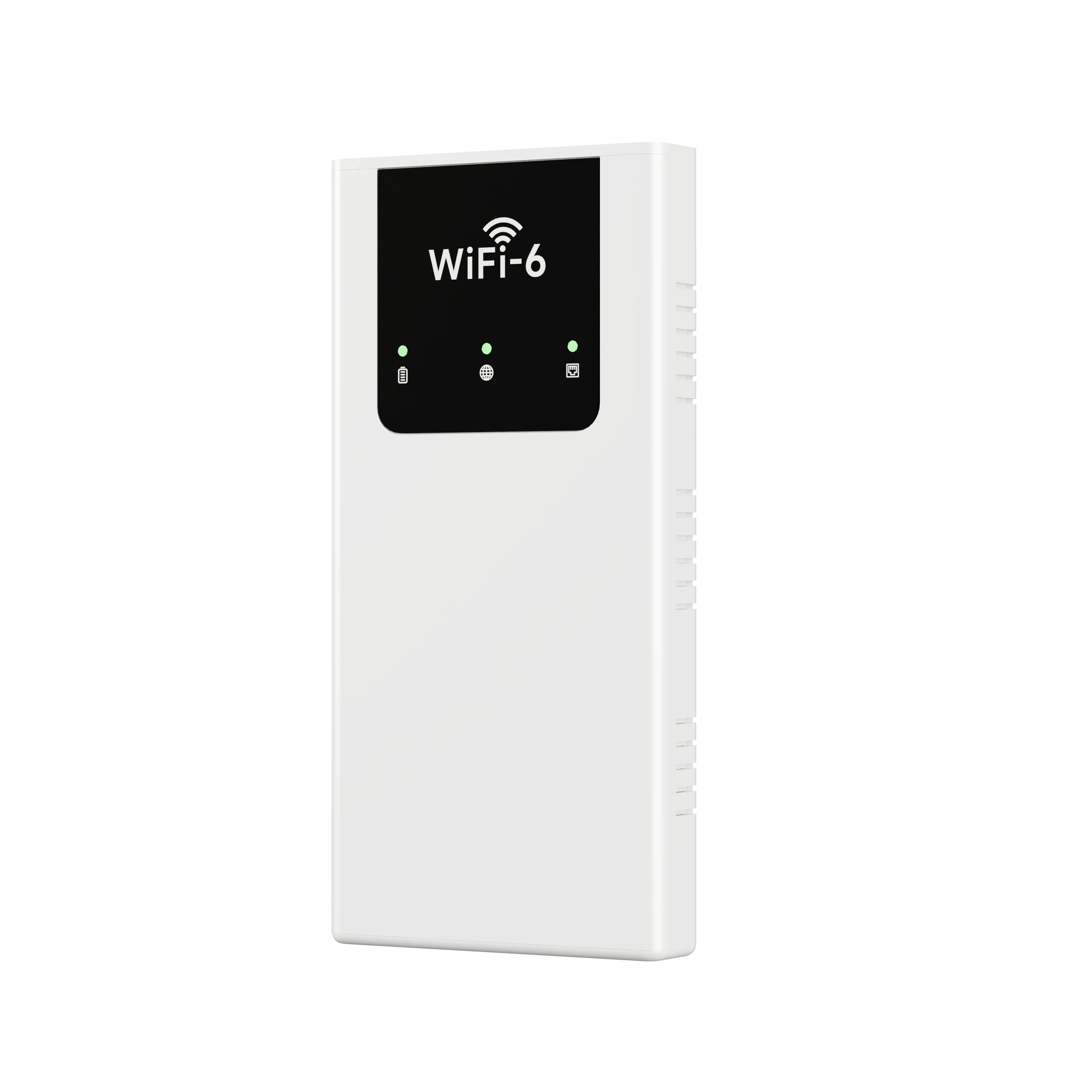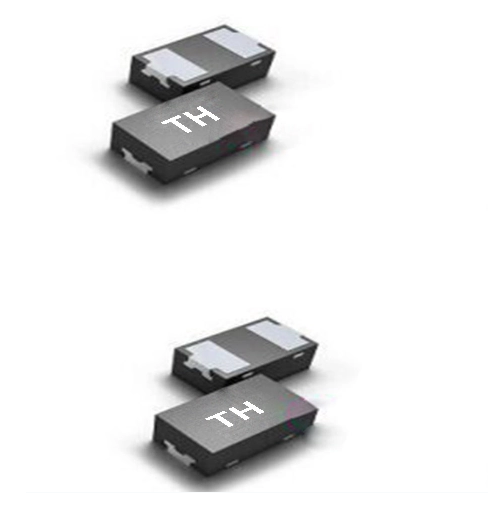In recent years, smart home devices have revolutionized the way we live, offering convenience, comfort, and enhanced security. However, concerns about data consumption have raised questions among users. In this blog post, we will delve into the topic of data usage by smart home devices, debunk common myths, and provide practical tips to optimize their usage.
- Understanding the Data Consumption of Smart Home Devices:
Smart home devices, such as smart speakers, thermostats, security cameras, and connected appliances, rely on internet connectivity to function effectively. While they do consume data, the amount varies depending on several factors:
a) Device Type and Functionality:
Different devices have varying data consumption patterns. For instance, smart speakers primarily use data for voice commands and streaming music, resulting in relatively low data usage. On the other hand, security cameras that continuously record and transmit video footage may consume more data.
b) Communication Protocols:
Smart home devices utilize various communication protocols, including Wi-Fi, Bluetooth, Zigbee, and Z-Wave. Wi-Fi-connected devices tend to consume more data compared to those using other protocols. However, the data usage is still relatively minimal for most devices.
c) Frequency and Intensity of Usage:
The more frequently and intensively you use smart home devices, the more data they are likely to consume. For example, if you frequently stream high-definition video content through smart TVs or use voice commands extensively, data consumption will be higher.
- Debunking Myths Surrounding Smart Home Devices' Data Usage:
a) Smart Home Devices Do Not Consume Excessive Data:
Contrary to popular belief, smart home devices do not typically consume large amounts of data. Their data usage is generally minimal and should not cause significant concerns for most users. However, it is essential to be mindful of data consumption if you have limited internet bandwidth or a capped data plan.
b) Standby Mode and Data Consumption:
Some users worry that smart home devices consume data even when not in use. While it is true that these devices require an internet connection to function, their data consumption in standby mode is negligible. The majority of data usage occurs during active usage or when receiving updates.
- Optimizing Smart Home Devices' Data Usage:
a) Monitor Data Usage:
To gain insights into the data consumption of your smart home devices, consider using network monitoring tools or the device's companion app. This will help you identify any data-hungry devices and take necessary actions.
b) Optimize Video Streaming:
If you have smart devices that stream video content, adjust the video quality settings to a lower resolution. This will reduce data consumption without significantly affecting the viewing experience.
c) Schedule Updates and Downloads:
Smart home devices often receive firmware updates or download software patches. Schedule these updates during non-peak hours or when you have unlimited data to minimize any potential impact on your internet usage.
d) Utilize Local Storage:
Some smart home devices, such as security cameras, offer the option to store data locally instead of relying solely on cloud storage. This can help reduce data consumption and provide more control over your data.
Conclusion:
Smart home devices offer incredible convenience and functionality, and their data consumption is generally minimal. By understanding the factors influencing data usage and implementing optimization techniques, users can enjoy the benefits of smart home technology without worrying about excessive data consumption. Embrace the future of connected living while staying mindful of your data usage to make the most of your smart home devices.

